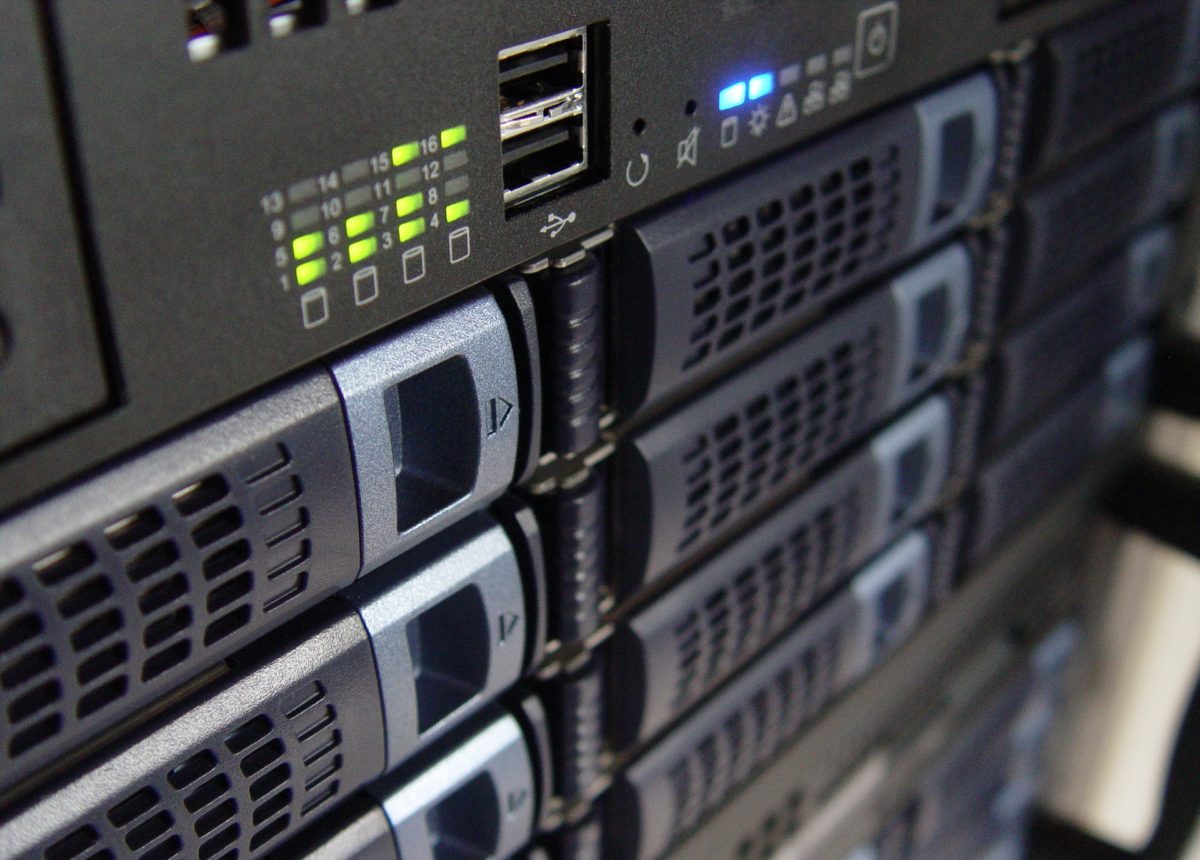Z-Wave has been designed specifically for home automation products. It lets you remotely turn everything off or on in your home from wherever you happen to be.
The technology uses a low-power RF radio, which can be put into everything, including sensors, lights, plugs or appliances.
A network of Z-Wave products can reach through your home, or office and can be triggered in many ways. You can also program your own triggers to customize your environment.
Z-Wave doesn’t interfere with existing wireless networks or with low power radios. You can expect lifespans of over 2 years using batteries, whilst other units may be directly wired to the mains.
The Z-Wave network
Z Wave networks run independently of your standard home network, although there will be a connection to an external router that can access the Internet for you to be able to log in remotely.
A Z-Wave network follows mesh network topology, where all nodes on the network transfer data to each other, and where nodes can be added or removed easily.
The minimum amount of nodes is two – one primary controller and one device. Any number of extra devices (and extra secondary controllers) can be added to a total of 232 overall nodes. Large Z-Wave networks can be ‘bridged’ to exceed 232 nodes.
New nodes to the network must be paired before they can be controlled. This is usually done through a sequence of button presses on the controller and then the relevant device. This only has to be done once. After that the controller will always recognize the device (even if taken out of range and reintroduced), unless it is formally unpaired.
During the pairing process, the controller also learns the signal strength between each device. This means it is usually expected for all of the devices (controller included) to be in their final positions before starting to create the network. Typically, the controller has a battery backup, so it can be unplugged temporarily if needed.
Where is Z-Wave used?
Primarily in consumer home automation products, although there are commercial uses based on the same ideals, like controlling and monitoring appliances and products.
The Z-Wave Alliance has been set up to bring about some harmony between manufacturers and developers. As an open standard, anyone can create products using Z-Wave technology. The Z-Wave Alliance helps to regulate the market and certify companies and the equipment they sell.
By submitting equipment for certification, properly registered equipment is then verified as interoperable – this is a very important part of Z-Wave equipment. Products from any number of manufacturers should be able to pair into the mesh network seamlessly.
This doesn’t mean you will get all the advertised features of a product though. Manufacturers can develop their own features ‘on-top’ of the basic requirements.
Interoperability means a product will pair into the network, act as a routing node and should be able to be controlled at a basic level (on/off etc.). You might not get access to all of the data that product records though. If it has been designed to only share certain information with other products from the same manufacturer, you will likely need a controller (or controller software) from that developer.
Where can I buy Z-Wave equipment?

There are many manufacturers and retailers in countries around the world selling Z-Wave products. Some retailers may specialize in home automation products. You can find them at Amazon and Lowes with ease. Just keep an eye out.
